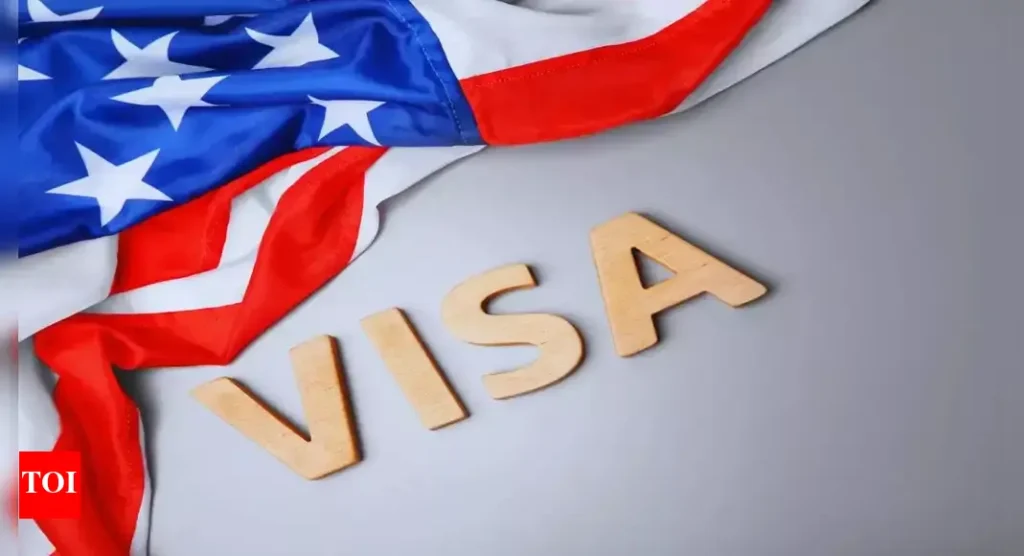
If you’re an international student in the U.S. or planning to become one, a major policy change could soon affect your stay. On August 28, 2025, the Department of Homeland Security (DHS) will publish a proposed rule to end the long-standing “Duration of Status” (D/S) policy for F-1 students, J-1 exchange visitors, I visa holders, and their dependents.
So what does this mean? And why does it matter? Let’s break it down.
What is “Duration of Status” (D/S)?
Currently, most international students enter the U.S. on a visa that is valid for “D/S” (Duration of Status). This means:
You can legally stay in the U.S. as long as your Form I-20 (for F-1) or DS-2019 (for J-1) is valid, and you follow the rules (full-time enrollment, no unauthorized work, etc.).
If your program takes longer (say, a PhD lasting 6+ years), your school can simply extend your I-20, and you remain in status—no need to apply to USCIS for permission.
This system has given international students flexibility and reduced paperwork for decades.
What is DHS Proposing?
Under the new rule, DHS plans to end D/S and replace it with fixed admission periods.
Students and exchange visitors would be admitted only until the end date on their I-20 or DS-2019, capped at 4 years, whichever is sooner.
After that, you would need to file an Extension of Stay (EOS) application with USCIS.
A 30-day grace period after your program ends will still apply, giving you time to depart, extend, or change status.
In short: your stay will no longer be indefinite—it will have a fixed expiration date.
Why is DHS Making This Change?
DHS argues that the current system makes it difficult to track overstays. Because D/S admissions don’t have a fixed end date, immigration authorities can’t always pinpoint when someone falls out of status.
By introducing fixed dates, DHS says it will improve oversight and prevent abuse.
Critics, however, argue that this move adds unnecessary bureaucracy and stress for international students, who already face visa hurdles.
How Will This Affect Students?
Let’s look at two examples:
🎓 Example 1: Master’s Student
Current system: You get a 2-year I-20. If you need an extra semester, your DSO extends it. Easy.
Proposed system: You’re admitted only until your I-20 end date (say, May 2027). If your program runs long or you want Optional Practical Training (OPT), you must file an EOS with USCIS.
Example 2: PhD Student
Current system: You’re admitted for “D/S.” Even if your PhD takes 6 years, your DSO extends your I-20, and you’re fine.
Proposed system: You’ll be capped at 4 years initially. After that, you must apply to USCIS for an extension, and wait for approval before continuing studies or work.
Dependents Are Affected Too
F-2 dependents (spouses and children under 21) will also need to file their own EOS applications. If they’re included in the main F-1 application, no extra fee is required, but if they file separately, they’ll have to pay.

